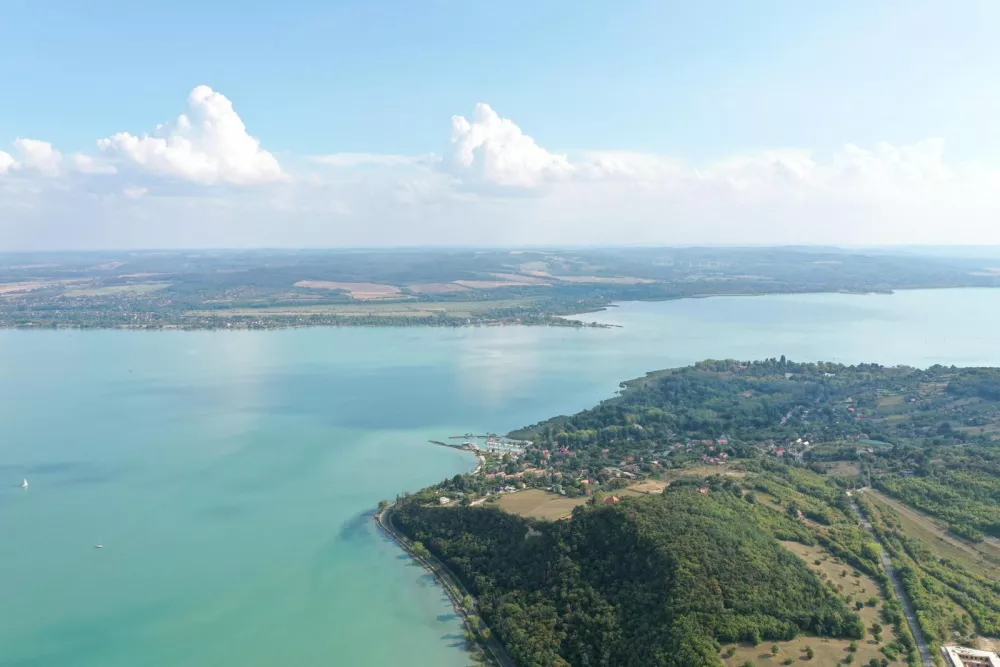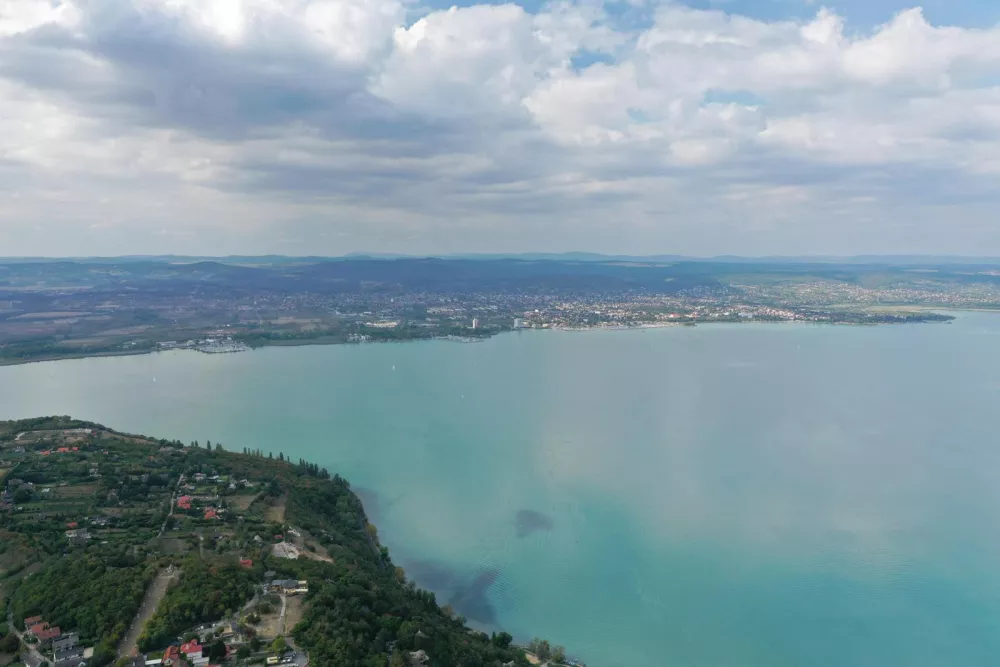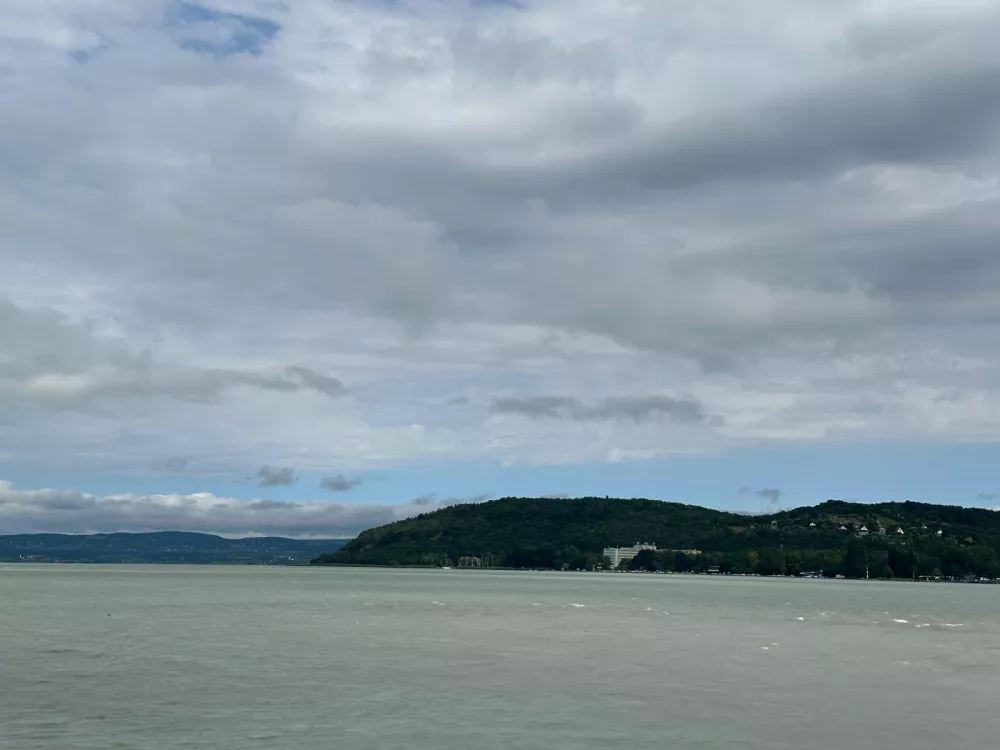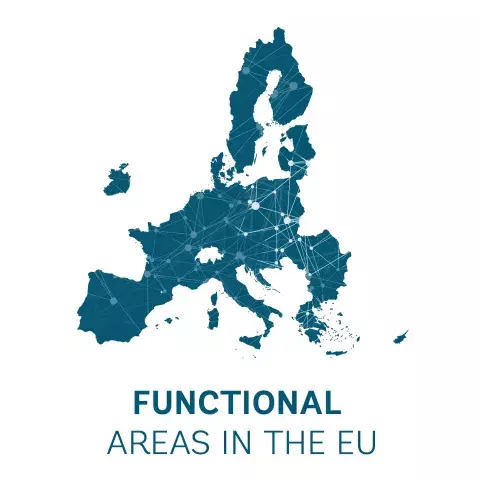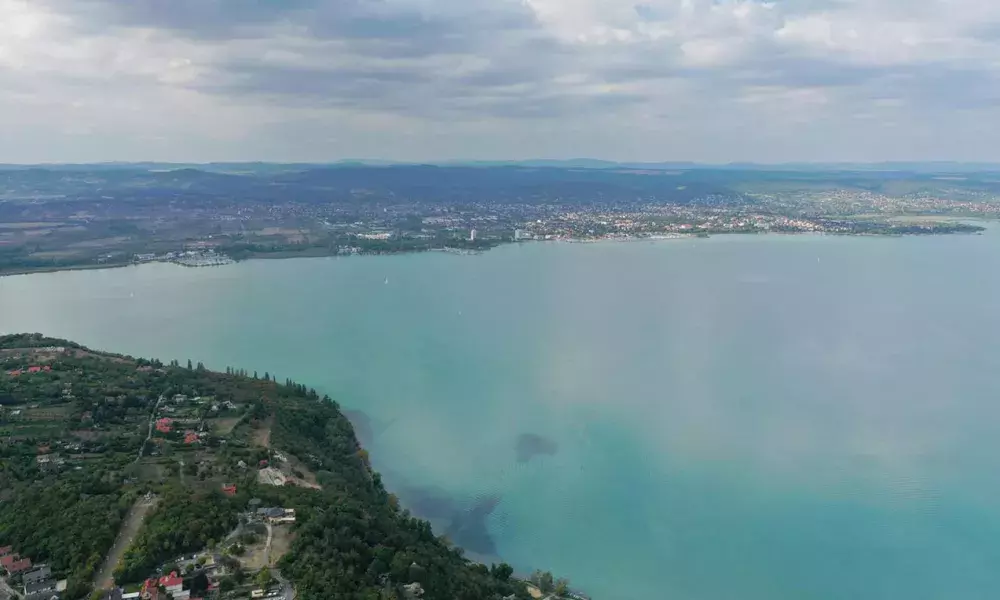
Integrated Shoreline Management in the Lake Balaton Functional Region
Lake Balaton Functional Region: Harmonising Economic, Social, and Environmental Interests through Integrated Shoreline Management and Regional Planning
Similar to island and mountain areas, lake regions have very specific needs and challenges that require joint action and targeted support. Protecting the shoreline areas, while supporting sustainable economic development is a key issue for the Balaton Functional Region. The shoreline of Lake Balaton covers three counties and is under a high pressure from private property owners, tourists, and businesses. Therefore, integrated shoreline management is required to balance economic, social, and natural interests in regional planning. To protect the lake ecosystem and offer access to the lakeshore for the public, Lake Balaton Functional Region implemented several regulations, aligned with its spatial plan and landscape management plan.
The functional natural area of Lake Balaton has directly experienced the effects of climate change over the past decades, particularly evaporation due to extensive drought (resulting in lower water levels) and eutrophication. As mainly a touristic destination, the region is highly dependent on income streams from this sector and needs to carefully balance economic development and the protection of the natural ecosystem and biodiversity. This is achieved through an integrated approach to shoreline management and a governance structure that brings together 180 settlements, including the 44 coastal settlements across three counties. The Lake Balaton Development Council and its executive branch – the Lake Balaton Development Agency were created to ensure a streamlined approach to tackling joint challenges.
KEY TAKEAWAYS
The region has significant experience in shoreline management. Serious environmental issues were identified at the end of 1990, making way for new regulations of the usage and development of the lake’s 235 km shoreline and plans for the restoration of the natural environment. The “Regional Land Use Plan of the Lake Balaton Region and Guidelines of Land Use Plans’ establishes directions for several local plans. The shore zone rehabilitation plans are built upon the Regional Land Use Plan and require the preparation of shore zone vegetation maps and shoreline plans. The mapping process improved over time due to technological innovation and is based on data collection and field surveys, classification of shore zone vegetation by location, quality and economic utilisation, mapping of habitats by National Biodiversity coding, mapping of vegetation categories by land use type, mapping of artificial interventions to lake shore, analysis of changes to previous surveys. The shoreline vegetation is mapped every 5 years, while spatial plans are updated every 10 years.
The Landscape Management Plan links programs with funding opportunities and has the following components: an outlook over the environmental and socio-economic context, the role and responsibilities of organisations and institutions, specific goals and objectives, institutional developments needed for the implementation phase, necessary human and financial resources, increased engagement and awareness among stakeholders, implementation, and monitoring of the plan. Its main three pillars are: Conservation and management of natural and semi-natural areas, Protection and maintenance of built shoreline, Improving community access of shore zone, development of promenades. A regulation concerning privately owned real estate obliges owners to ensure access to public-use promenades of at least 30% of the shoreline.
Citizens, local, regional, and central governments, as well as other regional authorities (environmental and nature protection agencies, National Park administration, water management directorate) are directly involved as stakeholders in the shoreline management process. Since direct access to the shoreline is the best asset for private owners, businesses, and real estate developers, some of the actions aimed at protecting and restoring the shoreline are met with reluctance. Actions such as removal of vegetation and constructing paths to access water for recreational purposes (bathing, boating, angling) harm the lake ecosystem and require action to ensure compliance with existing regulations.
Since shorelines are important areas for conserving biodiversity, maintaining ecological balance and adapting to climate change, the Lake Balaton Development Council plans to establish a fully integrated and coherent regulatory environment and to launch a rehabilitation programme involving all coastal localities.
About this resource
In 2021, the European Commission launched a pilot project to improve functional area approaches in the EU and has partnered with the World Bank to implement this initiative. As part of the project, the project team collaborated with 12 functional areas from seven EU countries, providing them with tailored technical support and assistance: Zagreb Urban Agglomeration (Croatia), Brno Metropolitan Area (Czech Republic), West Athens (Greece), Lake Balaton Area (Hungary), Kalisz-Ostrów Agglomeration, Kraków Metropolitan Area (Poland), Jiu Valley and Jiu Conurbation Functional Area, Caraș-Timiș Functional Area, Cluj Metropolitan Area, Oradea Metropolitan Area, West Ialomița Functional Area (Romania), and Trenčín Functional Area (Slovakia).
Similar content



